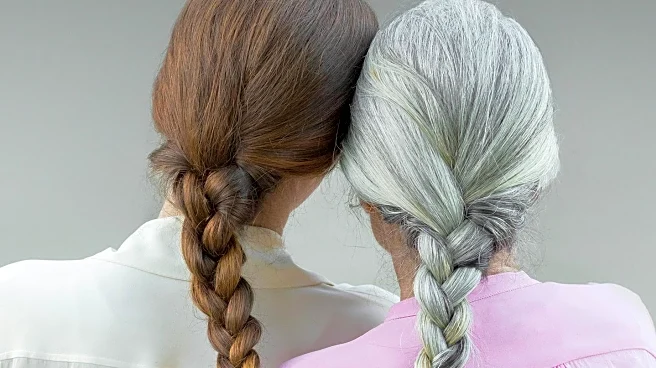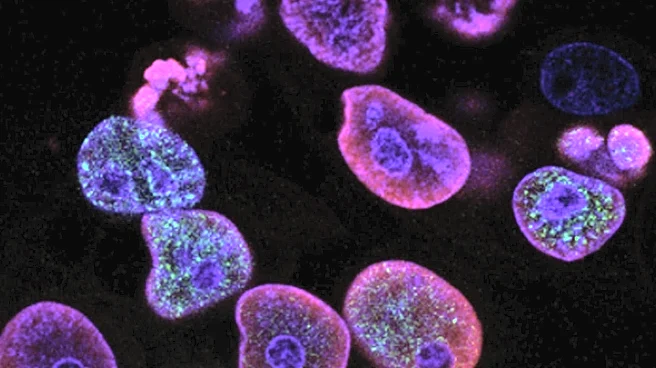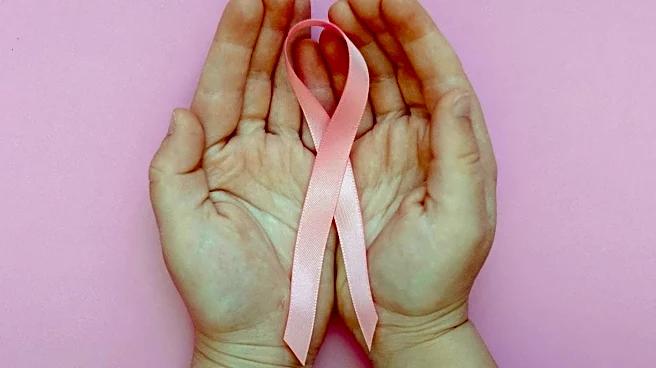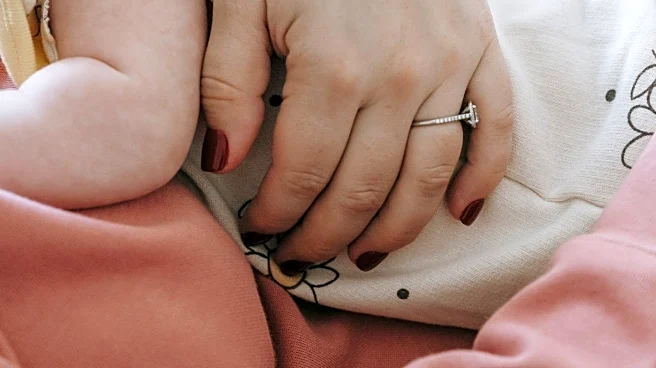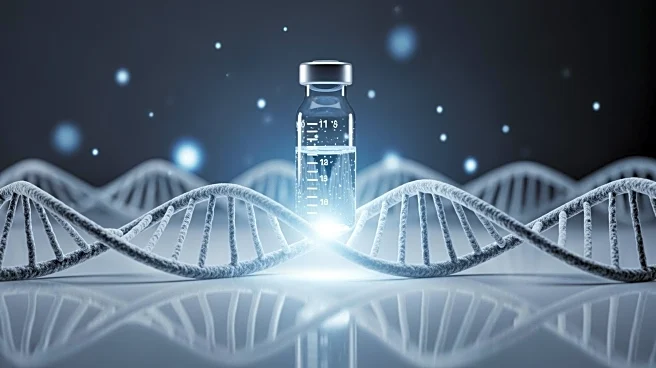What's Happening?
Recent research conducted by University of Tokyo professors Emi Nishimura and Yasuaki Mohri has uncovered a potential link between hair graying and the body's natural defense against cancer. The study
focuses on melanocyte stem cells (McSCs), which are responsible for hair and skin pigmentation. These cells, when exposed to DNA damage, can undergo a process called senescence-coupled differentiation, or 'seno-differentiation,' leading to irreversible differentiation and cell death, which results in hair graying. This process is driven by the activation of the p53–p21 pathway, a known tumor-suppressor mechanism. However, when McSCs are exposed to cancer-causing agents or ultraviolet B light, they may bypass this protective response, retaining their ability to self-renew and potentially leading to a tumor-prone state. The findings suggest that hair graying and melanoma are not unrelated but are divergent outcomes of stem cell stress responses.
Why It's Important?
The study provides new insights into the biological processes that link aging and cancer, particularly through the behavior of stem cells under stress. Understanding the mechanisms behind hair graying could lead to advancements in cancer prevention strategies by highlighting how the body naturally eliminates potentially dangerous cells. This research reframes hair graying as a possible indicator of the body's protective measures against cancer, rather than merely a cosmetic concern. The implications of these findings could influence future research directions in oncology and gerontology, potentially leading to novel therapeutic approaches that harness the body's natural defense mechanisms.
What's Next?
Further research is needed to explore the full implications of these findings and to determine how they can be applied in clinical settings. Scientists may investigate how to enhance the seno-differentiation process to prevent the bypassing of protective mechanisms in stem cells. Additionally, there may be interest in developing treatments that mimic or support the natural processes that lead to hair graying as a means of cancer prevention. The study opens new avenues for understanding the complex relationship between aging, stem cell behavior, and cancer development.
Beyond the Headlines
This research highlights the intricate balance between cellular aging and cancer prevention, suggesting that visible signs of aging, such as hair graying, may have deeper biological significance. It challenges the perception of aging as purely detrimental, proposing that some aging processes may serve protective roles. The study also raises ethical considerations regarding the manipulation of natural aging processes for therapeutic purposes, prompting discussions on the long-term effects of such interventions.



